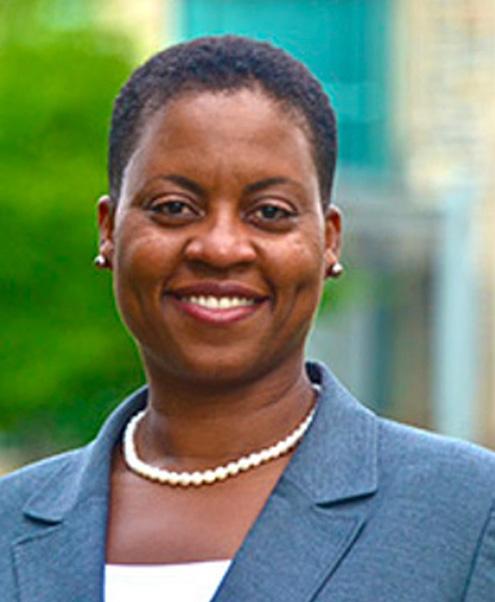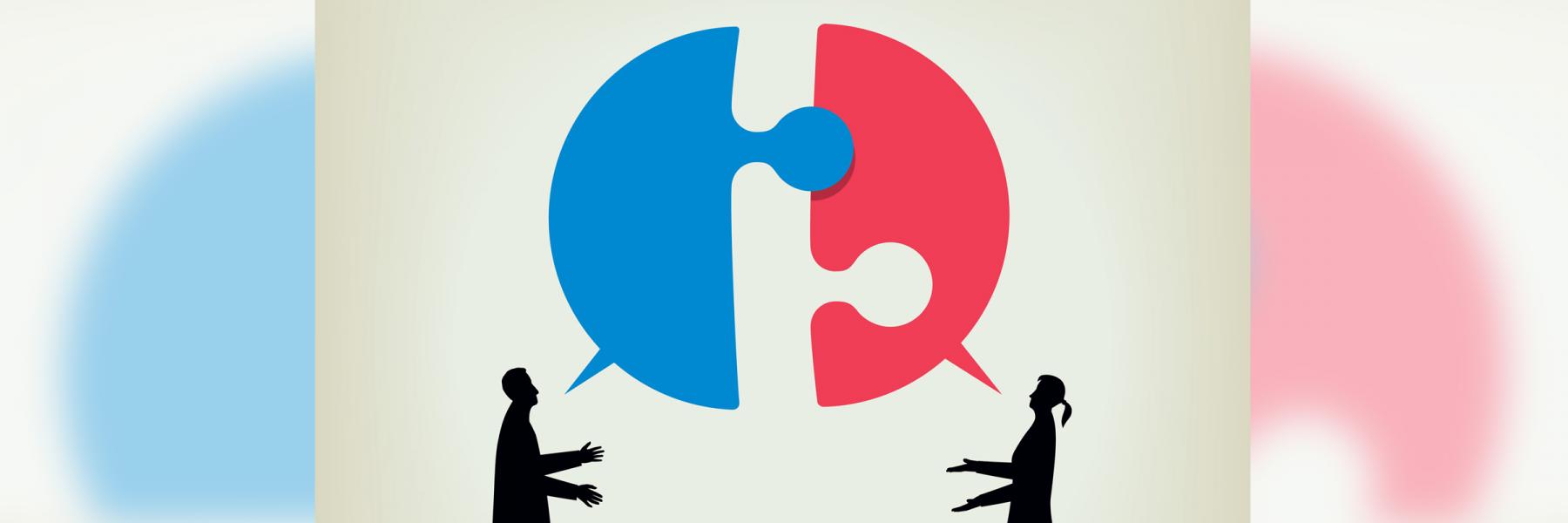The phrase “hard to reach” is pervasive in public health. It is invoked at podiums and in conversations and documents across the public health sector. So why have we decided certain people are hard to reach? And are they really?
For years, I have been conducting street outreach in under-resourced communities. I have listened and learned. Because of these experiences, I believe no human is hard to reach. But reaching them may seem inconvenient and unorthodox. Reaching underserved communities requires deviation from traditional outreach strategies executed inside buildings and in front of computer screens.
When they have access—but public health doesn’t reach out
A few months ago, while walking in my neighborhood, I saw a resident of a nearby shelter standing on the corner. He was laughing as he gazed at his smartphone. Curious to know what he was viewing, I walked over and asked, “What’s so funny?” He said, “I am watching The Jeffersons. It’s on YouTube.” A homeless man with a smartphone talking to me about how to access comedy on the Internet would not appear to be a hard-to-reach person.
A few weeks later, I was sitting on a bench soaking up the sun when a man passed by and pivoted back to tell me about the trouble he was having getting his identification badge updated. This was on his mind acutely because he had just come from the social services office. He was told he needed a bill to prove his identity, but he had no utility bills in his name because his rent included utilities. He talked to me for 15 minutes.
I could tell it was rare to have someone listen to him. By the end of the conversation, I knew his address, a bit about his life history, his love of Marvel comics and all about his smartphone as well as how he uses it. Like the man who was watching The Jeffersons on the street corner, he too consumed a wealth of media and content on his phone. In fact, he told me that he prioritized his phone bill over everything else because it is his connection to the world. He also told me he did not use his phone for health-related activities. But he could.
Choosing to miss an opportunity to connect
When we deem people “hard to reach,” we miss thousands, if not millions, of opportunities to connect with people like him because we are not communicating and engaging in places he is already navigating and paying attention.
Examples like these should provoke action from the public health sector. At a time when society is increasingly vocal about equity and justice, this moment demands we examine ourselves and examine our motives. If we want to address health inequities and disparities, policy- and decision-makers can no longer remain skeptical and risk-averse to engaging with underserved communities through mechanisms and in spaces most convenient for them.
This includes resisting our instincts to deem people hard to reach simply because of their ZIP code, skin color or station in life.
As these men illustrate, those we deem hard to reach are out here engaging, surviving and seeking support in plain sight—and desperate for help enough to talk to strangers about it. Therefore, we need to abolish the phrase “hard to reach.” We have invented this phrase to cloak our failure, inability—and, in many cases, unwillingness—to humble ourselves and shift our strategies to better meet their needs.
Let us accept this as a call to action in public health, to shift our perspectives and mindsets to understand what people need and how best to help them—on their terms. If we do this, we will all find that no human is truly hard to reach.

Lisa Fitzpatrick, MD, MPH, is an infectious disease physician, CDC-trained medical epidemiologist and the founder and CEO of Grapevine Health in Washington, D.C.
Reprinted with permission from TheBodyPro. The original commentary can be found at thebodypro.com/article/hard-to-reach-public-health-failure.


